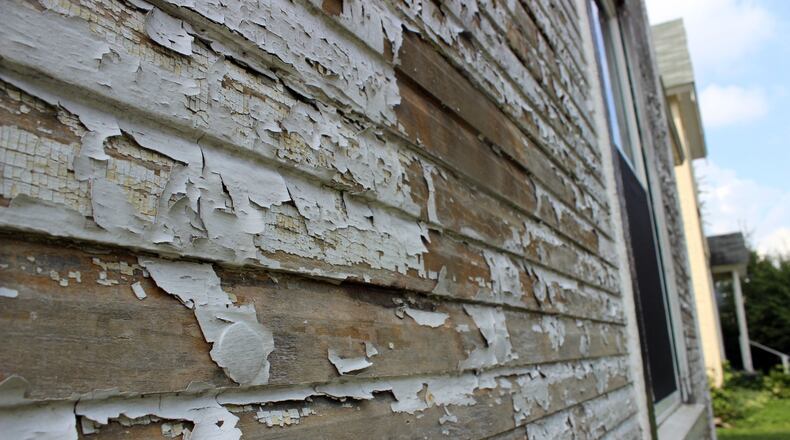The advisory committee, formed in late 2019, included professionals from public health, medicine, housing, construction trades, and state and local governments, according to a press release from Ohio Governor Mike DeWine’s office,
Lead is hazardous to humans, and exposure can lead to health problems. Lead paint was banned in residential settings in 1978, according to the report. But as many as two-thirds of Ohio homes were built before 1980, and more than a quarter were built before 1950. More than half of homes in some Ohio’s cities largest cities, including Dayton, Toledo, Akron, and Cleveland, were built before 1950. Lead poisoning can also come through water from old pipes.
In 2019, more than 3,500 Ohio children were found with elevated levels of lead in their blood, according to the report, including 20 children with levels high enough to require medical intervention to extract heavy metals from the body.
The Ohio Department of Developmental Disabilities, Ohio Development Services Agency, Ohio Environmental Protection Agency, and Ohio Department of Health will now prioritize the implementation of these recommendations, the press release said.
About the Author

